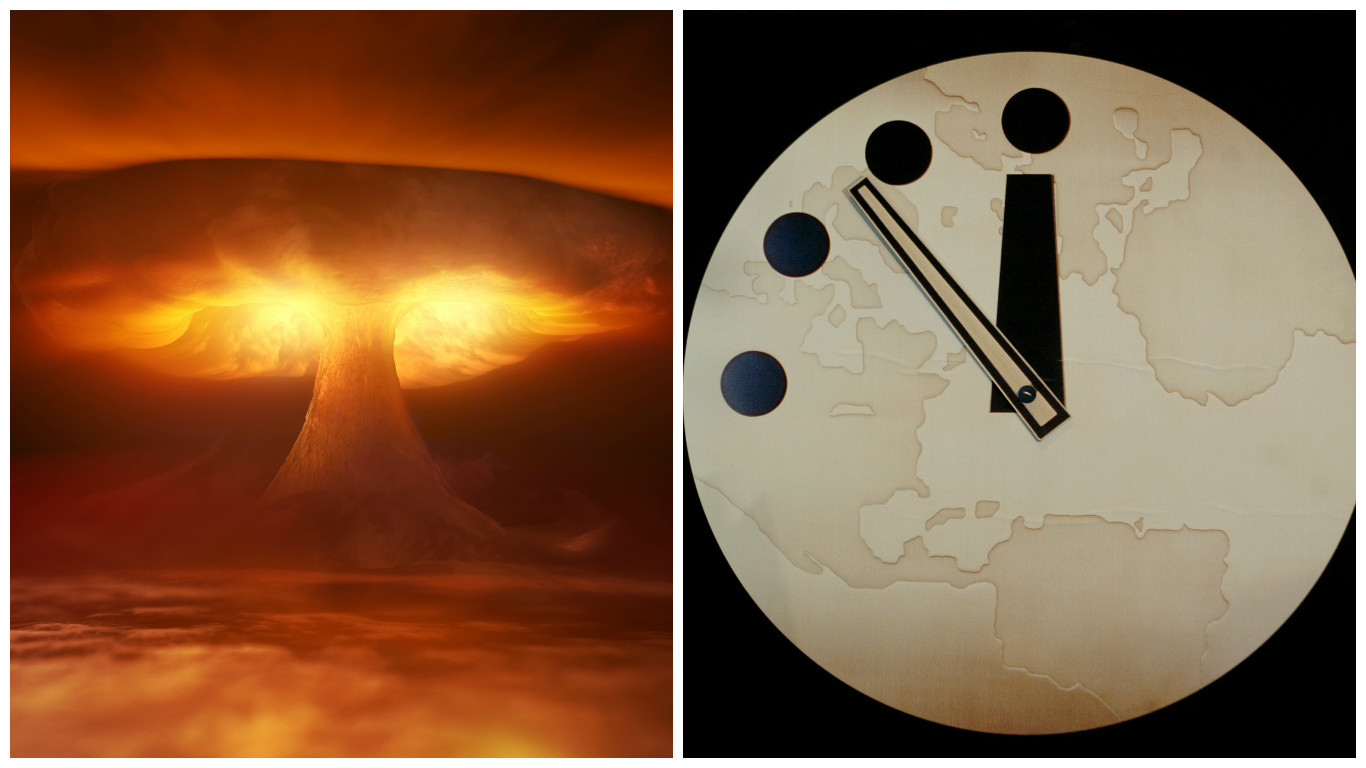

into a new crowdsourced forecasting tool designed to be inclusive, open, and responsive to both analyst and policymaker desire for transparency and relevance.” Early this year, Foretell, a technology forecasting platform developed by Georgetown’s Center for Security and Emerging Technologies, moved to the Applied Research Laboratory for Intelligence and Security and “is now part of a larger forecasting program to support U.S. Deputy Director of National Intelligence Morgan Muir announced, “We are incorporating some of the insights that we’ve gotten. government has shown renewed interest in crowdsourced forecasting. (Full disclosure: I was involved with organizing a conference and a working group and publishing a report and articles related to forecasting implementation.) Similarly, as the coronavirus pandemic showed the urgent need for better disease surveillance and forecasting, others advocated for the U.S. For example, it helped senior policymakers pay greater attention to a growing terrorist threat in Mozambique had the forecasters not pointed to the threat, the government might have missed it. launched Cosmic Bazaar, a crowdsourced forecasting tool that recruits participants from across the British civil service, not just the intelligence community, to make forecasts on events around the world. Unfortunately, these efforts stalled during the Trump years, and it seemed that government forecasting was doomed. intelligence community took note and launched efforts to incorporate crowdsourced forecasting tools into the analytic and policy processes. In the IARPA tournaments, forecasters-many of them not subject-matter experts-even outperformed seasoned intelligence analysts with access to classified information.įor a while, the U.S. Training in these simple techniques, putting top forecasters in teams and using aggregation algorithms to optimize the “wisdom of the crowds,” are powerful techniques, as these experiments have shown.
#ATOMIC SCIENTISTS DOOMSDAY CLOCK UPDATE#
From there, they will update their beliefs based on additional information, frequently adjust their forecasts up or down, and-when the time comes to score their performance-honestly assess what went wrong.

To do this, superforecasters often start by asking basic questions like “how often do countries usually invade one another?” This gives them the base rate of a broad class of events. By identifying and training teams of “ superforecasters,” the researchers of the now- famous Good Judgment Project were able to make stunningly accurate predictions about geopolitical events, and to show that the ability to see the future can be trained and improved. These techniques on probabilistic crowdsourced forecasting took off with the research of Philip Tetlock, Barbara Mellers and others in tournaments organized by the Intelligence Advanced Research Projects Activity (IARPA). By “keeping score” of quantified expressions of belief about the future, forecasters can understand their own performance more clearly and see, for example, whether things they say are “80 percent likely” do, in fact, occur 80 percent of the time. If policymakers, researchers and funders embrace the possibilities of crowdsourced probabilistic forecasting as a new kind of Doomsday Clock, it might be possible to better see-and avert-the next crisis on the horizon.Įxpert judgments about such critical issues, as explained in Lawfare last year, often rely on vague, unquantified and untestable predictions that make it impossible to assess their accuracy. But new techniques in the nascent science of forecasting suggest that better tools can be built that give early-warning indicators of global catastrophic risks.

Perhaps the question is fundamentally unanswerable. The Doomsday Clock can’t give an answer to that-seconds don’t translate well to probabilities-and it’s not designed to, as a public communications and awareness-raising tool. Vladimir Putin’s nuclear saber-rattling during the invasion of Ukraine has many people wondering: How likely is this crisis to escalate to nuclear war? The Bulletin of the Atomic Scientists’s famous Doomsday Clock has a simple and frightening answer: Humanity is mere seconds away from “midnight,” and the risk of nuclear war is unacceptably high.


 0 kommentar(er)
0 kommentar(er)
